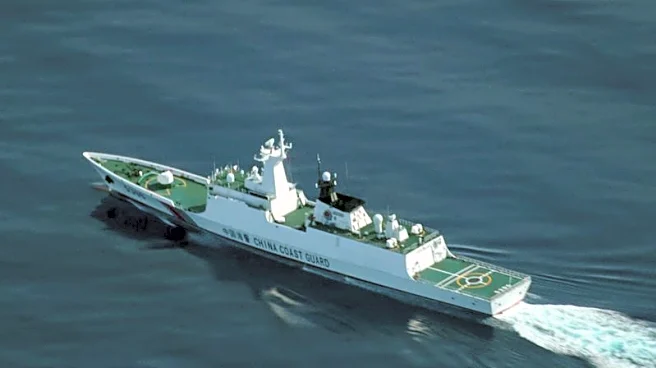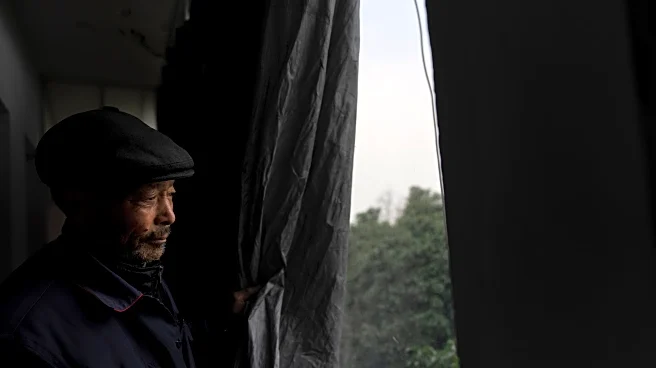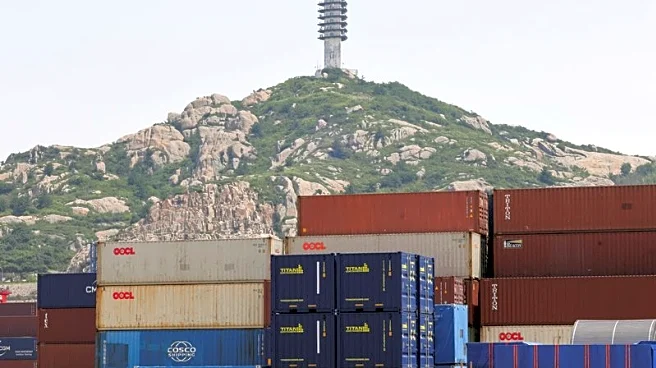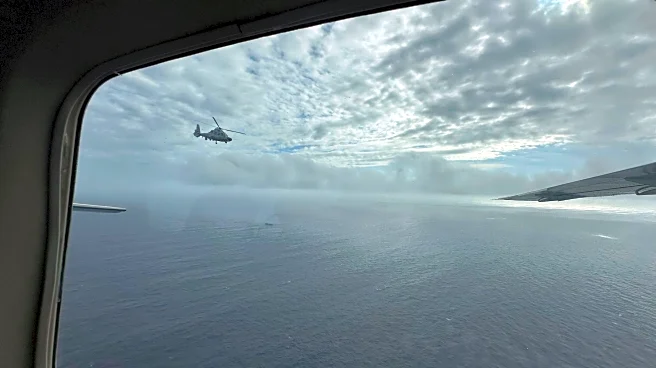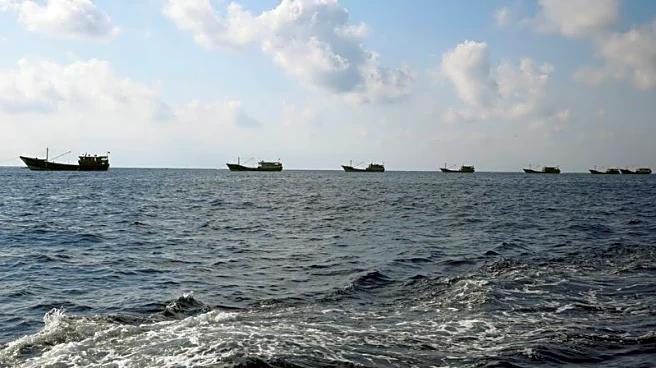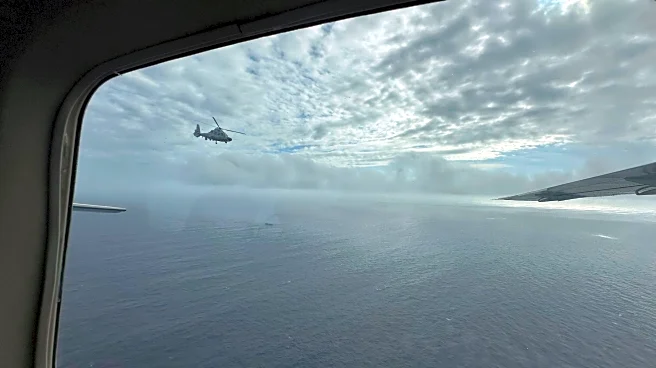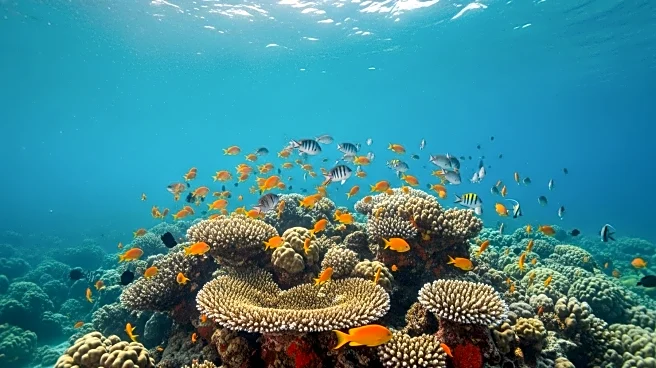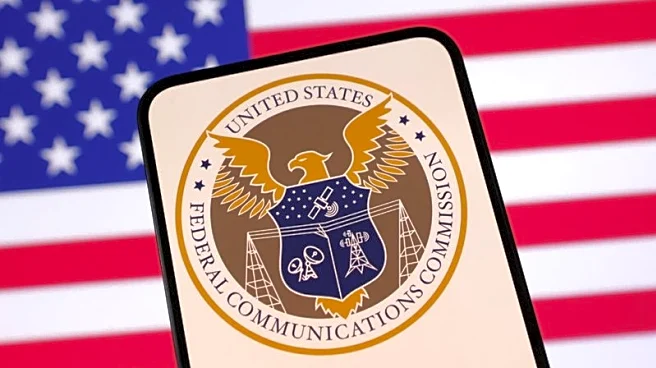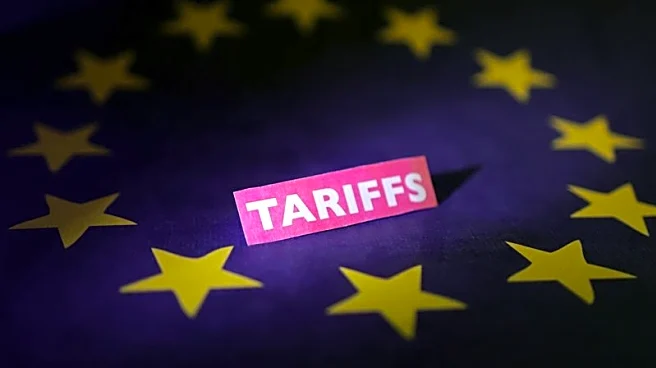By Martin Petty and Karen Lema
(Reuters) - The Philippines has reacted strongly to China's announcement it would establish a nature reserve in the South China Sea at the disputed Scarborough Shoal, site of years of standoffs between the two countries.
WHAT'S THE SHOAL'S SIGNIFICANCE?
Named after a British ship grounded on the atoll nearly three centuries ago, the Scarborough Shoal is one of Asia's most contested maritime features and a flashpoint for diplomatic flare-ups over sovereignty and fishing
rights.
Located 200 km (124 miles) off the Philippines and inside its exclusive economic zone, the shoal is coveted for its bountiful fish stocks and a stunning turquoise lagoon that provides safe haven for vessels during storms. It is named Huangyan Island by Beijing, while Manila calls it the Panatag Shoal, or Bajo de Masinloc.
Its position is strategic for Beijing, sitting in the middle of the South China Sea and near shipping lanes carrying more than $3 trillion of annual commerce. Activities there are closely watched by the United States and other major powers.
WHAT IS CHINA PLANNING?
China has approved creation of a national nature reserve at Scarborough Shoal that it says is to preserve a 3,524-hectare (8,708-acre) coral reef ecosystem. It would cover the entire northeastern side of the triangle-shaped atoll, with close proximity to the sole entrance for larger vessels.
The announcement angered the Philippines, which for years has accused China of activities that damage coral and marine life, including clam harvesting, and it is exploring the possibility of further international arbitration over environmental issues. Beijing has made similar accusations against Manila.
China could be met by scepticism and international concern about its underlying motives. There have long been expectations China might one day build a manmade island on Scarborough Shoal, as it has on seven submerged reefs in the Spratly Islands, some equipped with radar, runways and missile systems.
WHO DOES IT BELONG TO?
The Philippines and China lay claim to the Scarborough Shoal but sovereignty has never been established and it is effectively under Beijing's control. Filipino boats operate there but are dwarfed by China's presence.
China seized the shoal in 2012 after a standoff with the Philippines and has since maintained a deployment there of coast guard and fishing trawlers. Manila has said some of the trawlers at the shoal and other disputed areas of the South China Sea are operated by Chinese maritime militia, which Beijing has never acknowledged.
A landmark ruling on various South China Sea issues by the Permanent Court of Arbitration in 2016 went in favour of Manila but establishing sovereignty over Scarborough Shoal was not within its scope. The ruling said Beijing's blockade there violated international law, however, as it was a traditional fishing ground for several countries, including China, the Philippines and Vietnam.
WHAT'S THE RISK OF CONFLICT?
Tensions have simmered for a while at the shoal and multiple incidents in recent years have caused diplomatic rows, but none escalated into armed conflict.
The incidents have included the use of water cannon, boat-ramming and what the Philippines considers dangerously-close manoeuvres by China's coast guard, and jets shadowing Philippine aircraft over the shoal. Both sides accuse each other of provocations and trespassing.
Standing up to Beijing might score points for Philippine President Ferdinand Marcos Jr. at home and abroad, but his coast guard is under-equipped and no match for China's armada. Deployment of combat vessels could be a red line both sides may not want to cross.
A deterrent might be the United States, which has taken its defence alliance with the Philippines to a new level under Marcos. Any kind of military response by China would increase the stakes considerably.
The Philippines and United States have a 1951 Mutual Defence Treaty under which Washington would defend its ally in the event of attack, a commitment U.S. defence chiefs reinforce often. Marcos successfully lobbied for more specificity in the treaty, which now covers attacks "anywhere in the South China Sea".
WHAT HAVE EXPERTS SAID?
Yang Xiao, a maritime expert at the China Institutes of Contemporary International Relations, said in a video on a social media account linked to China's state broadcaster that the nature reserve plan and demarcation was sound and the shoal worthy of ecological protection.
There are clear regulations that would enable protection and allow the coast guard to enforce those, Yang said, which "reflects the gradual improvement of our jurisdiction and governance over this sea area". He also accused Filipino fishermen of catching endangered species and polluting waters.
Maritime analyst Jay Batongbacal of the University of the Philippines said China's move was a ploy to justify what he called aggressive and coercive actions that could see fishermen arrested and used as bargaining chips.
(Reporting by Martin Petty in Bangkok, Karen Lema in Manila and Liz Lee in Beijing; Editing by Tom Hogue)
